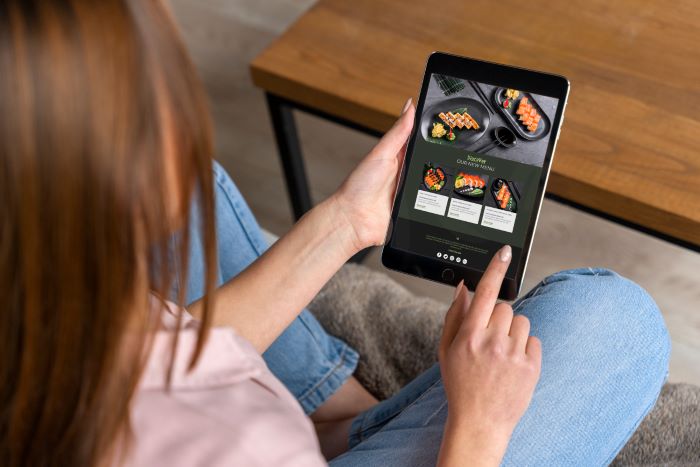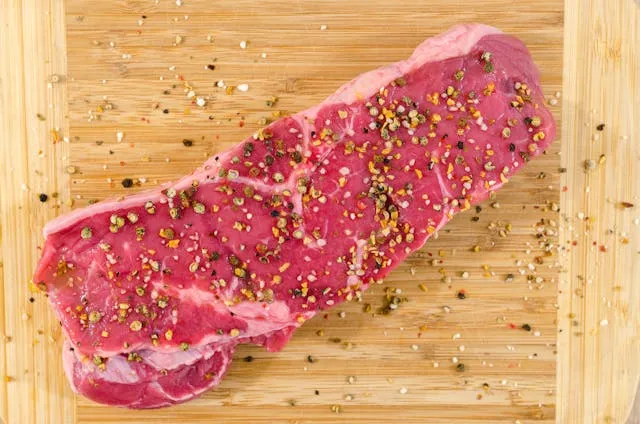Dropshipping Gourmet: Building an Online Store for Food Enthusiasts and Home Chefs

G’day, connoisseurs of food and budding entrepreneurs! Perhaps even turning your love of amazing food into a profitable online business—ever dreamed of sharing that enthusiasm with the rest of Australia? You’re in the right place if you’re nodding along and considering unusual ingredients, handcrafted delicacies, and gourmet treats. Online food retail is exploding, and there’s an interesting business model that lets you enter without having to commit to a large warehouse or upfront inventory outlay. Though with a great twist, concentrating on the gourmet food market, we are discussing dropshipping. Let’s look at how you might create your own online refuge for home cooks and foodies right here in Australia.
Why Explore Gourmet Food Dropshipping Down Under?
Unquestionably, Australia’s love affair is with food. From MasterChef mania to the local farmers’ market fixation, we are a country of adventurous eaters and sharp home chefs. This enthusiasm generates a great market for specialty, premium food products that are not always readily available at the neighbourhood grocery store. Think single-origin spices, handcrafted chocolates, rare olive oils, or foreign ingredients unlocking a world of taste.
This is where the dropshipping model’s elegance really shines. Starting a food company historically required large stock, storage (usually temperature-regulated!), and complicated logistics in addition to significant financial outlay. Dropshipping turns this story upside down. As the owner of an online store, you work with suppliers—gourmet wholesalers, speciality importers, or handcrafted manufacturers. You have their items on your website. After a customer orders, you forward it to the supplier, who then ships the goods straight under your brand. While the supplier controls inventory and shipping, you handle the marketing, customer service, and gorgeous online showroom. This greatly reduces the entrance barrier, freeing you to concentrate on creating a great assortment and developing a brand foodies will love.
Developing Your Taste: Niche Choice and Source Selection
There is a large gourmet world; thus, it is imperative to find your niche. It’s a surefire way to be overwhelmed trying to market everything gourmet. Rather, concentrate on a particular category about which you are passionate.
- Are you extremely enthusiastic about chilli sauces?
- Passionate about natural teas?
- Are you among those who relish the taste of cured meats?
- Perhaps you should consider focusing on gluten-free gourmet cuisine or rare baking ingredients.
Selecting a niche lets you target your marketing more successfully, develop a really unique collection, and become an expert.
Finding trustworthy vendors is maybe the most important step, especially with food. You want partners who not only provide excellent goods but also know the needs of securely and quickly shipping food within Australia. Search for local manufacturers, seasoned wholesalers, or specialist importers. Though general dropshipping conversations mostly centre around platforms, consider them carefully. Many guides, for example, cite aliexpress dropshipping as a source for many goods, but when it comes to gourmet food, verifying quality, freshness, shipping times, and compliance with Australian food standards from such varied, international platforms can be quite difficult and often unsuitable for perishable or high-end consumables. Give suppliers who clearly target the food sector top priority; they also know labelling regulations and have strong shipping policies. Often, developing close ties with fewer, high-quality suppliers is preferable to juggling hundreds of unknown quantities.
Arranging the Table: Creating Your Online Retail Space
Your website is one complete digital shopfront, deli counter, and brand ambassador all rolled together. It must taste good! Select an e-commerce platform that lets you create beautiful designs; popular choices in Australia are Shopify and WooCommerce (for WordPress). Invest in high-quality product photography; blurry, unappealing images are not suitable for gourmet food.
Create excellent, thorough product descriptions.
- The product originates from where?
- What makes it unique?
- List the ingredients here.
- To really bring the goods to life, add tasting notes, serving recommendations, or even supplier stories.
Make sure your website is mobile-friendly, easily navigable, and features a simple, safe checkout system. Online consumable sales demand most of all trust.
Managing the Nuances: Food Safety, Shipping, Logistics
Food dropshipping presents special difficulties. Food products have expiry dates, possible allergens, and occasionally specific storage or shipping conditions, unlike T-shirts. You have to be aware of and guarantee adherence to Food Standards Australia New Zealand (FSANZ) rules on labelling, ingredients, and health claims.
You absolutely must have open communication with your suppliers. How does their stock rotation help to guarantee freshness? How do they treat damaged or returned items? Particularly delicate items or those needing temperature control, how will goods be packed to survive transit?
Your clients should be clearly informed about times and shipping costs. If you are sourcing unique foreign goods, such as specific shrimp pastes or herbs needed for authentic Thai food, the logistics become much more challenging and require suppliers who specialise in importing and distributing these delicate products while maintaining quality. Consider these complexities in your pricing and business plan.
Marketing Your Morsels: Attracting Rotten Consumers
Once your store is stocked and ready, how can you draw in those passionate foodies? Your friend in digital marketing is actually a specialist in promoting visually appealing food products. Beautiful food products look great on visually driven sites like Instagram and Pinterest. Share amazing pictures and recipe ideas, including your products, cooking advice, and behind-the-scenes peeks (maybe highlighting your suppliers).
Blog content marketing helps you establish your knowledge by writing on food trends, ingredient highlights, or instructions on using speciality items. Working with Australian food bloggers or influencers will expose your brand to a motivated market. Another excellent tactic is creating an email list and distributing newsletters including special offers, fresh arrivals, and exclusive material. Remember the value of first-rate customer service; satisfied consumers go on to be brand champions and repeat buyers.
Key Marketing Strategies include:
- Visually-driven social media (Instagram, Pinterest)
- Content marketing (blog posts, recipes, tips)
- Influencer collaborations (food bloggers)
- Email marketing (newsletters, special offers)
- Excellent customer service
All Set to Serve?
Establishing a gourmet food dropship company in Australia offers an interesting opportunity to combine national love of food with e-commerce accessibility. It calls for meticulous planning, a dedication to quality, close supplier ties, and a little creative flair in marketing. Although there are particular challenges to overcome, especially with regard to food safety and logistics, the chance to create and distribute outstanding dining experiences among other Australians is quite fulfilling.
What, then, are the gourmet pleasures that make your taste receptors sing? Have you given starting your own internet food business some thought? Let’s talk food; leave comments below with your ideas or questions.






